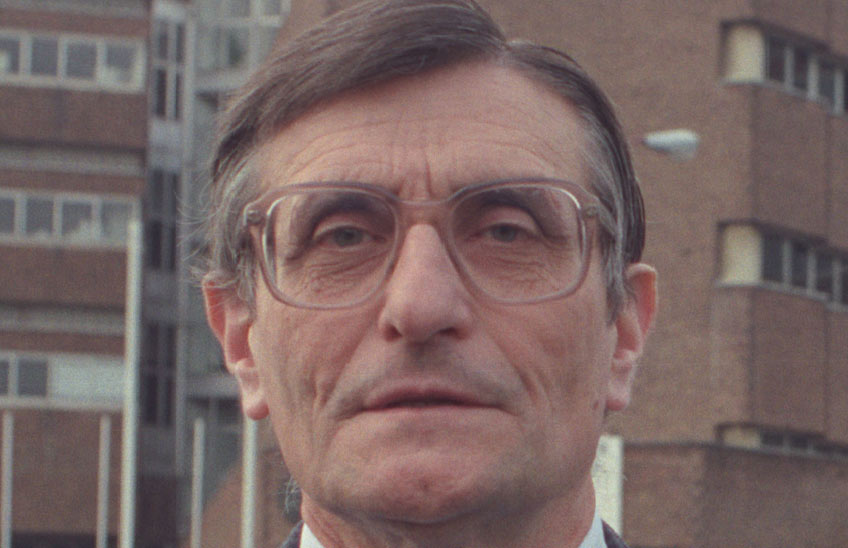Precision medicine advances in proton therapy to reduce toxicity
Cancer Center Clínica Universidad de Navarra launches study to minimize adverse effects on circulating blood during proton treatment

FotoCedida<br>/De izq. A dcha.: El Dr. Felipe Calvo, director científico de la Unidad de Protonterapia del Cancer Center Clínica Universidad de Navarra; Marina García, ingeniera biomédica; y el Dr. Javier Burguete, catedrático de Física Aplicada de la Facultad de Ciencias de la Universidad de Navarra.
14 | 06 | 2023
Having established itself as one of the treatments of choice for complex tumors, proton therapy continues to advance in precision medicine. A team multidisciplinary from the Cancer Center Clínica Universidad de Navarra is developing a method to quantify the radiation dose deposited in the circulating blood during tumor treatment and thus reduce tumor toxicity. partnership The first results have been presented in an oral communication at the congress World Proton Therapy Conference(PTCOG 61) held in Madrid with the support of the Cancer Center Clinica Universidad de Navarra and Quirónsalud.
The study involves 25 patients and demonstrates that a personalized approach can be used to plan and administer the dose specifically for each patient. One of the main advantages of proton therapy over conventional radiotherapy is its ability to more precisely target the radiation beam to the tumor, reducing adverse effects on adjacent healthy tissues. With this method, it will be possible to further customize the treatment by studying the vascular structure containing the patient's circulating blood to adjust the dose and direction of the beam.
"Other programs of study use larger tissues such as the kidney as the organ at risk. In this case, we have studied the vasculature because we have seen how the dose can affect blood cells and induce undesirable effects, such as lymphopenia (a disorder in which the blood does not have enough lymphocytes). Thus, the blood vessels around the tumor become another parameter when establishing the treatment with this goal to reduce its toxicity as much as possible", says Marina García, a biomedical engineer who is doing her thesis at department of Physics and Applied Mathematics of the School of Sciences of the University of Navarra.
To this end, parameters such as blood vessels, their contours or flow, and technical aspects such as the temporal structure of the beam submission , the energy level or the start and end time of this field will be analyzed. "There are cases, depending on the location of the tumor, such as may be in the neck region, where it is practically impossible to avoid major vessels. But there are others in which you can slightly deviate the beam and achieve this improvement," adds Dr. Javier Burguete, Full Professor of Applied Physics of the School of Sciences.
Application in the internship clinic
The ultimate aim of this project is to improve the clinical internship in radiation oncology by development of algorithms that allow the incorporation of circulating blood as an organ especially decisive in the immunity of patients into radiotherapy planners.
"Blood has been the great forgotten of human tissues to be protected from radiation. The availability of protons and photons allows us to study how to protect patients' immunotherapy through dosimetric planning", commented Dr. Felipe Calvo, Full Professor of Radiation Oncology, researcher main project and director scientific of the Proton Therapy Unit of the Cancer Center Clínica Universidad de Navarra.
The research remains active and the next steps will be to study the clinical implications through blood tests (biomarkers) to establish the correlation of blood doses and how the blood has been damaged.

